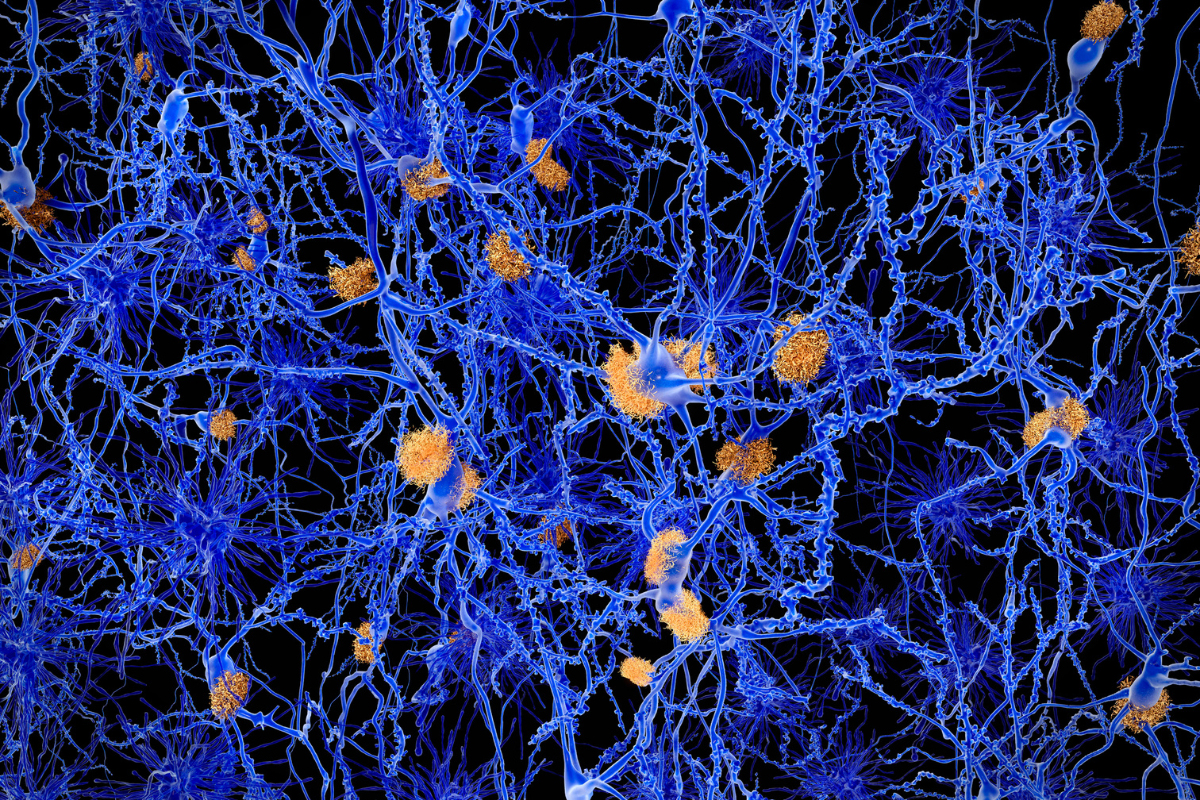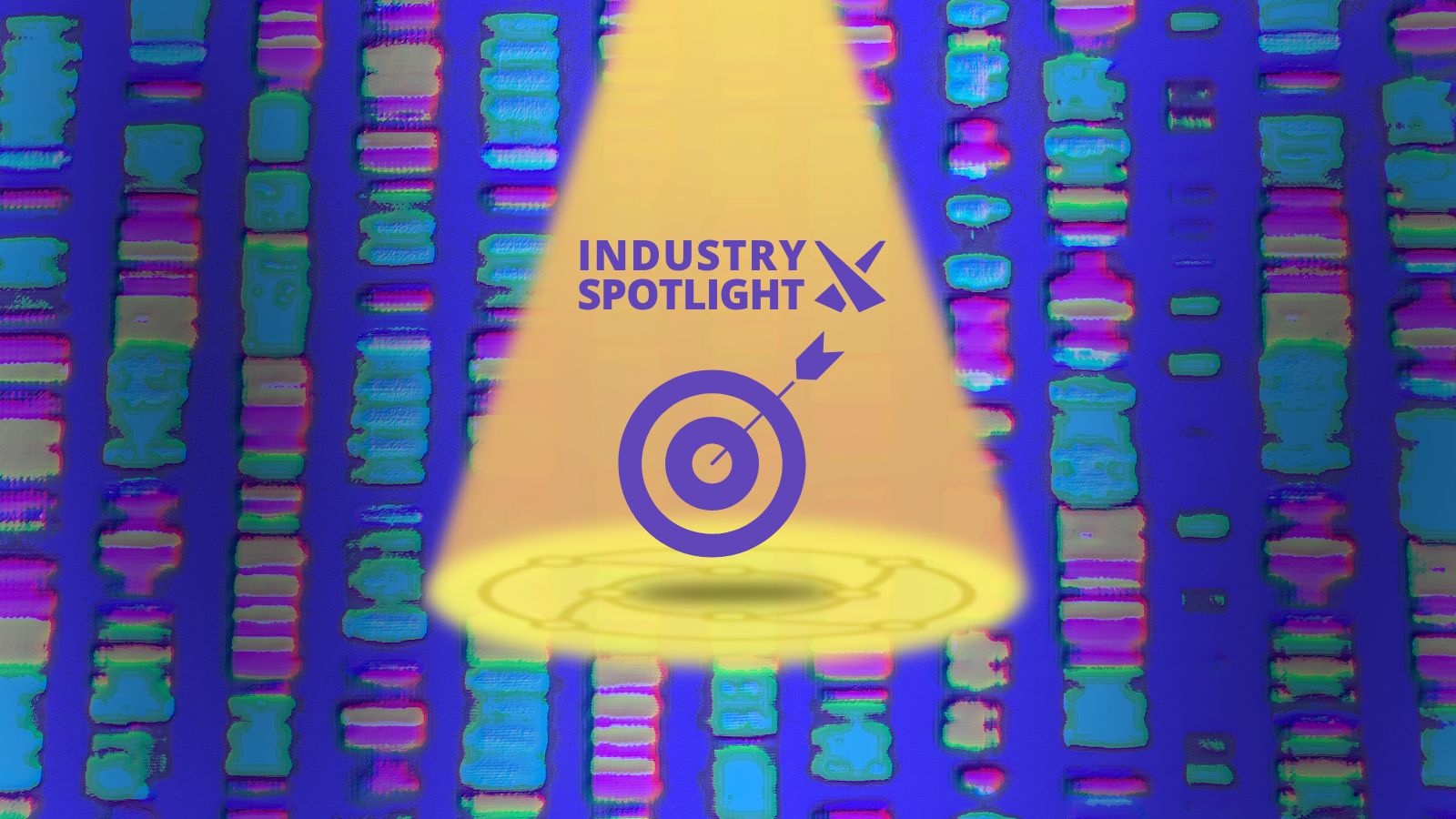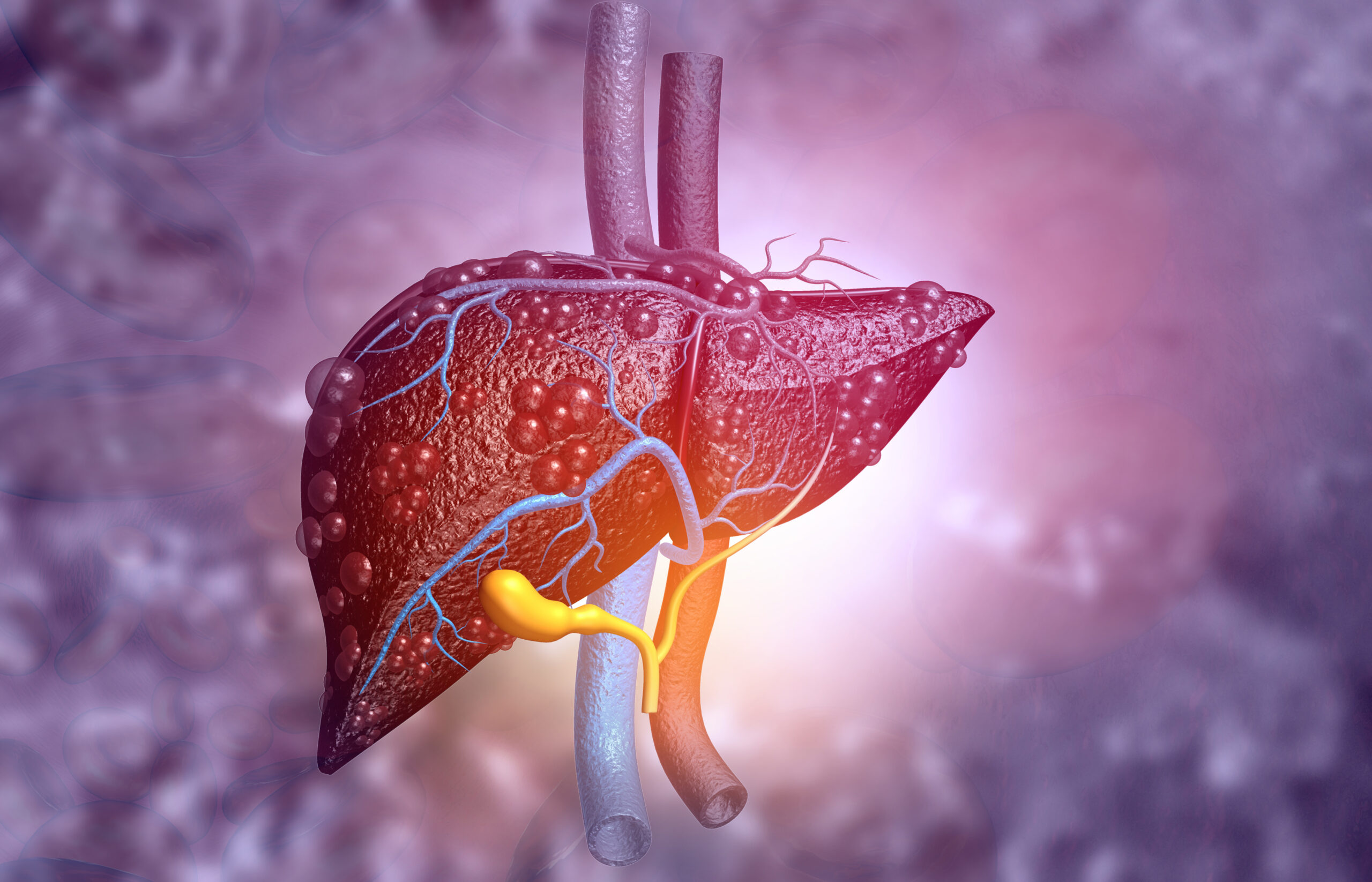Unlocking the Potential of Spatial Multi-Omics and Cytometry

In 2020, the global spatial omics market size was valued at 225.81 million USD and is expected to grow at a CAGR of 10.00% from 2021 to 2028. Spatial omics is a form of analysis that seeks to understand cells and their nucleic acid content in their morphological context. Such comprehension is critical for identifying the link between disease and genome architecture. Unsurprisingly, spatial omics analysis and its associated technologies hold a great deal of interest for translational researchers.
Spatial multi-omics, in particular, refers to multidimensional analysis within a single-cell spatial context, whilst spatial cytometry is a method of visualising and quantifying cellular subsets. Key growth drivers include the prevalence of personalised medicine adoption for the screening and diagnostics of genetic disorders, the increasing number of large-scale genomic studies harnessing single-cell RNA sequencing, and the rising disposable income in emerging economies.
Principal industry players include Becton, Dickinson and Company; Berkeley Lights; Bio-Rad Laboratories; NanoString Technologies; Takara Bio; and Thermo Fisher Scientific. In this article, we look at some of the key opportunities within the spatial multi-omics field and ask key opinion leaders Florian Leiss, Vice President of Digital Health Strategies at Ultivue; William O’Gorman, Development Scientist at Genentech; and Bangwen Xie, Data Product Owner-In Vivo Research Review at GSK*, about the future of data analysis.
Exploration in Cutting-Edge Multiparameter Techniques:
Emerging profiling technologies are set to radically alter the current landscape of spatial omics. Previous reliance on tissue-based analysis and flow techniques is fast becoming outdated. New opportunities seen in available spatial methods are succeeding the former. According to Leiss, “there is an emerging and promising continuum from high degrees of flexing towards lower degrees of flexing across different analytes, nucleic acids, and proteins.”
“It is no longer about just one platform but an emerging continuum of questions that can be asked”
He continued by stating that “it is now no longer about just one platform but an emerging continuum of questions that can be asked.” Exciting developments within the field of single-cell suspension analysis, as well as tissue disaggregation include peripheral blood immunophenotyping. “The last ten years has been a period of tremendous disruption,” O’Gorman explains. “Thinking about the multiple layers of information you obtain on cells from gene expression, the potential of peripheral blood immunophenotyping is one of great promise.”
Whilst gene expression alone cannot resolve the most granular subsets of interest in immune populations, embracing a layered combination with a complex sight-seek is a rapidly evolving technique. Looking ahead, we can expect multi-omics to become a prominent driver for most types of research analysis, with cytometry relegated to a position as more of a confirmatory tool.
Making Mass Data Make Sense:
As Xie points out, “because of the differing degrees of information obtainable from multi-omics, we need to think about the best way to make this mass data make sense.” From genomics to proteomics, the different techniques and analytical challenges must be considered. “How do we transform the massive amount of data into a narrative that can connect the dots of the multi-layers of information?” Xie asks.
Emerging profiling technologies are set to radically alter the current landscape of spatial omics.
Some of the key challenges of analytical interpretation include making sense of the complex data readouts across differing platforms to address translatory questions. As Leiss puts it, “it's about trying to get closer to a continuum of different masses.” Looking at multiple biomarkers in various data rich contexts means it is essential to achieve a solid data-driven baseline. “We want to create a standard for any pre-clinical question we are trying to address for the wealth of information and targets under analysis,” Leiss continued.
Opportunities for overcoming this hurdle involve utilising technologies to facilitate scalability in data generation. This will become imperative for larger sample sets. Other strategies include altering platforms to embrace methods with a lower degree of flexing and introducing a volcano plot to accurately determine statistical significance versus magnitude of change. Profiling provides a further means of analytic understanding to circumvent the risk of batch effect and provide trustworthy clustering information on a large scale.
Enabling Interpretative Change Through Computational Technology:
Integrating these strategies in complex data analysis will enable a streamlined and seamless transition to a multi-omics approach. Especially during the early discovery stage, adopting an open-minded approach to exploration will allow a streamlined funnel strategy that O’Gorman characterises as “the ability to narrow down and probe the most critical information you want to analyse thoroughly and robustly.”
Computational methods such as Artificial Intelligence (AI) in particular can provide a means of standardisation. The computational based method can provide unbiased data analysis, which enables reliable data-driven decision-making. “You get less noise – the data is presented in a clean way, so-to-speak," Xie stated. Looking ahead, there is a need to generate a sufficient amount of data consistently to achieve a deep learning space analysis pipeline that is robust enough to address a multitude of target structures.
- Making Big Data Make Sense with High-Throughput Flow Cytometry
- Detecting Biomarkers with Multiplex Immunofluorescence and Spatial Technologies
- High Dimensional Flow Cytometry In Clinical Trials
Visualising representing information and findings is an important trend in the omics field. “Visualising data in the best readable manner is fast becoming a priority,” Xie continued. For instance, tissue imaging analysis provides a unique toolkit for the bioinformatics fields. A form of spatial cytometry, tissue imaging allows confident data analysis of cells in suspension and, therefore, accurate segregation of single cells. The key to advancing the technique, according to O’Gorman? “Improving scalability whilst retaining quality control.”
Future Directions for Multi-Omics and Spatial Cytometry
Visualising data output is just one among many exciting opportunities for multi-omics. Whilst efforts will continue to focus on tackling scalability measures, as Xie attests, “it all comes down to upscaling the right people with the right information and tools to dissect these complex biological questions and answer them properly.” Although the promise of AI and computation driven approaches will present an opportunity for the multi-omics field, its successes will nevertheless remain reliant on the human expertise required to analyse the complex data sets.
Pairing multi-omics approaches with spatial cytometry will provide an optimal chance of success in biomarker R&D. As Leiss sees it, “if we are starting to look at the same underlying biology, then if only the technologies could come together in the right way, we could identify how to best look at the data jointly.” With cytometrists continually broadening their parameters and horizons, we can expect to see a more collaborative dynamic in the near future.
* The opinion expressed in this article is the author’s own thought and does not in any means reflect GSK’s official position.
Want to stay up to date with the latest Biomarker news? Register now for Oxford Global’s flagship event, Biomarkers US: In-Person. This is a must-attend forum covering the latest trends transforming biomarker and translational research.






